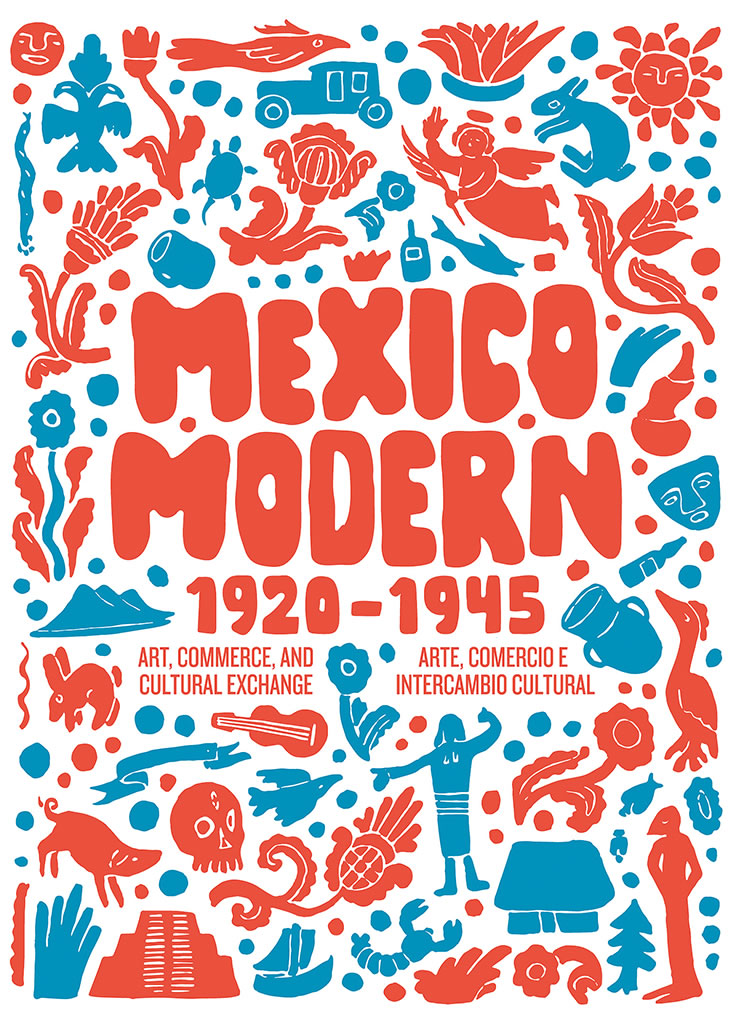Mexico Modern
Art, Commerce, and Cultural Exchange, 1920–1945
September 11, 2017 – January 1, 2018
Widely acknowledged as a critical chapter in the history of twentieth-century art, the rise of modernism in Mexico was activated by artists, museum curators, gallery owners, journalists, and publishers both in Mexico and the United States. These figures created and promoted an art that pioneered a synthesis of indigenous traditions, both ancient and contemporary, and international, modernist aesthetics.
Chief among the artists who contributed to the creation of the "Mexican Moment," were "los tres grandes": Diego Rivera, José Clemente Orozco, and David Alfaro, Siqueiros. Other important artists were Frida Kahlo, Miguel Covarrubias, and Jean Charlot; American jeweler William Spratling; and photographers Edward Weston, Tina Modotti, and Manuel Bravo. See works by these artists and many others.
This exhibition explores two decades of dynamic cultural exchange between Mexico and the United States. It begins around 1920, when the conclusion of a long and bitter revolution in Mexico ushered in new cultural ideals and programs, and continues into the mid-1940s, when contemporary Mexican art entered the mainstream in the United States.
The exhibition underscores that art movements rarely conform to national borders; nor do they result from the efforts of artists alone. Transnational networks of individuals and institutions that seek, champion, and interpret great—often radically new—works of art are essential. Never has this been more the case than during the early twentieth century's "Mexican moment."


